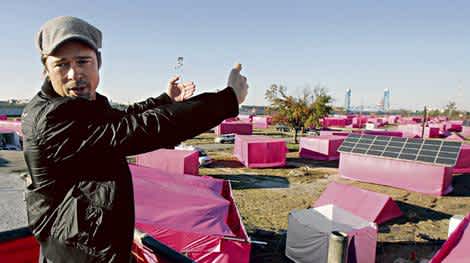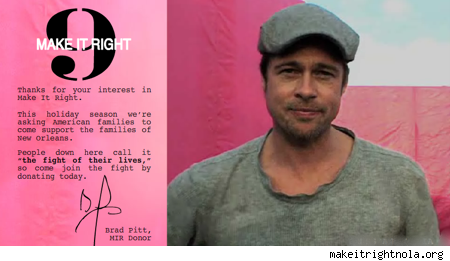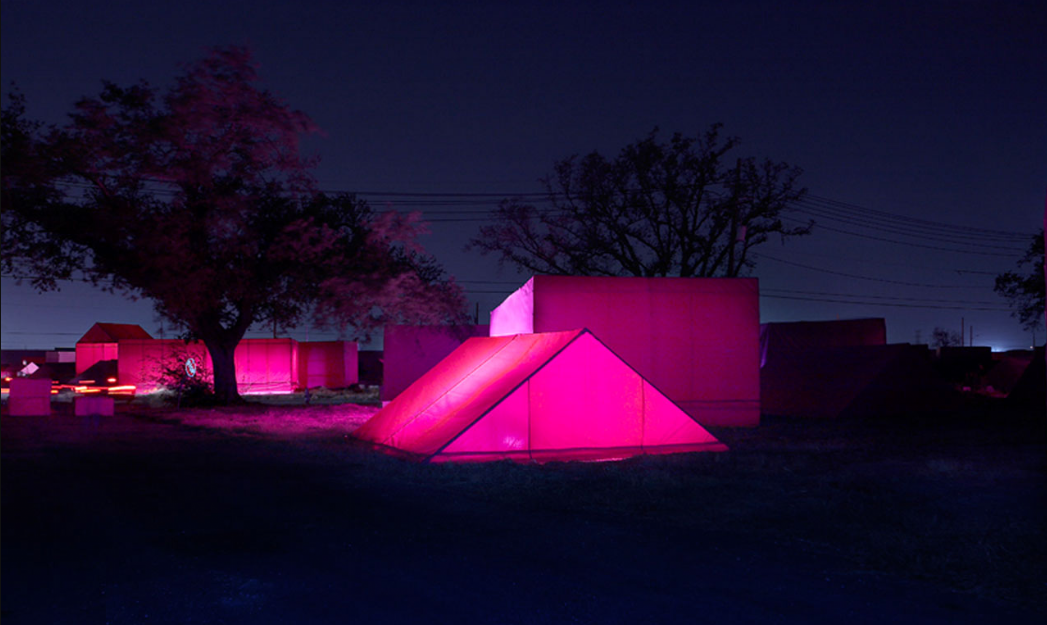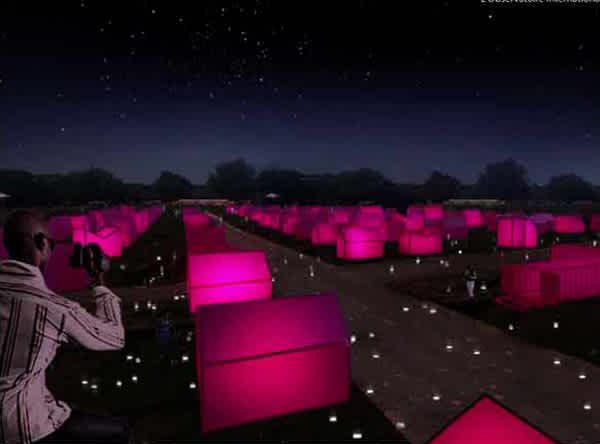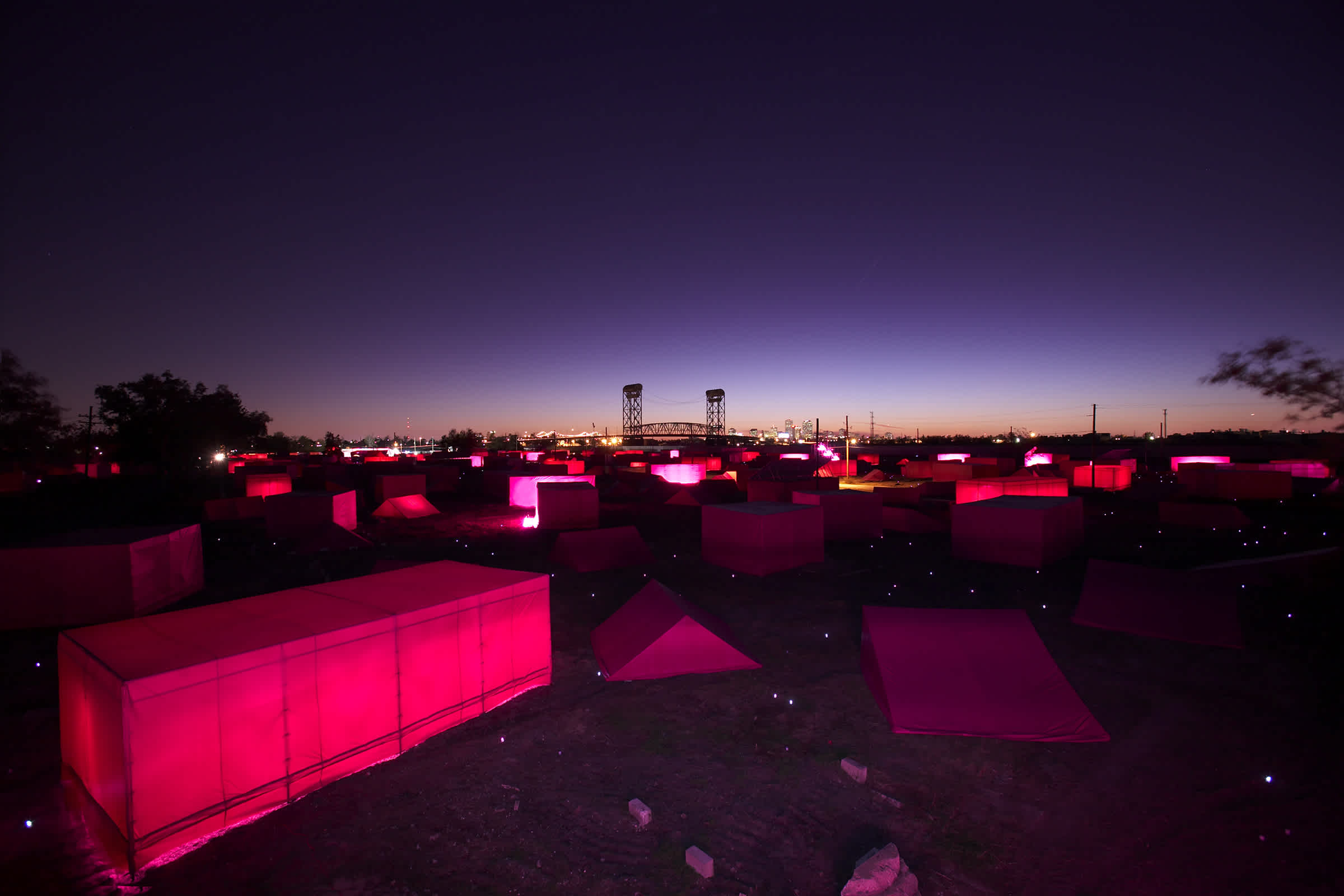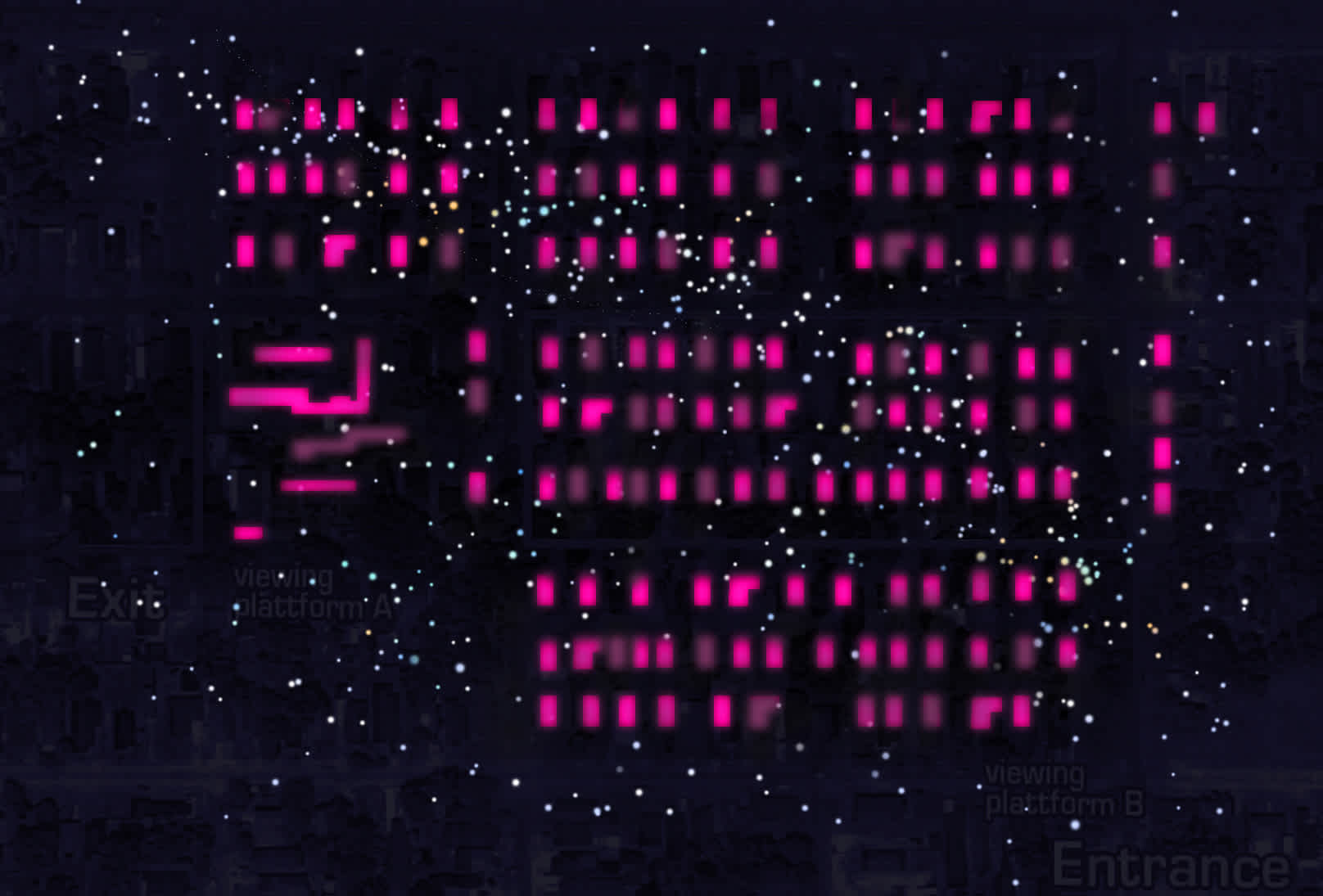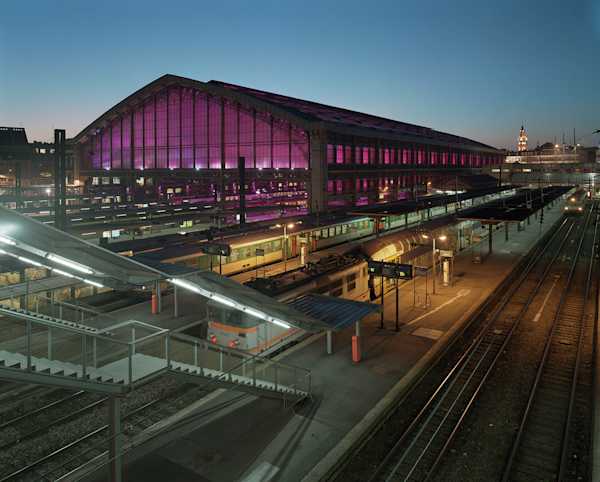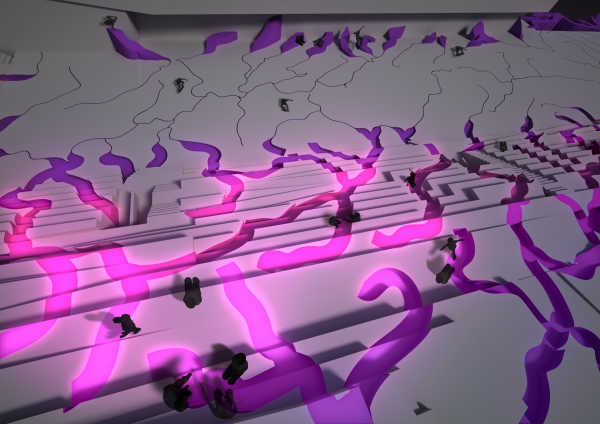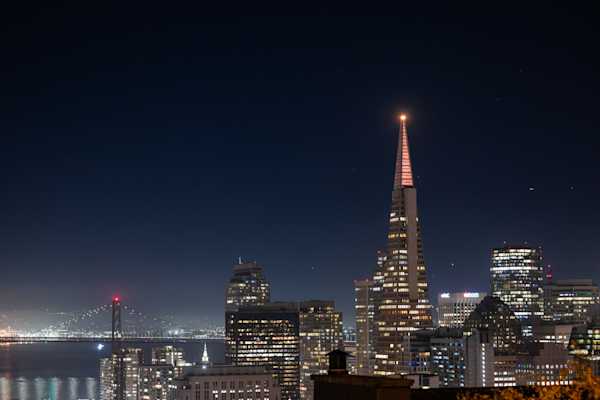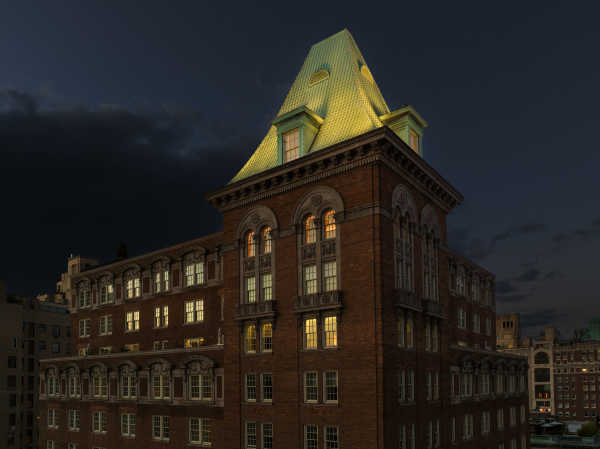When Brad Pitt visited New Orleans’s Lower 9th Ward two years after Hurricane Katrina, he was shocked by the lack of rebuilding progress in this historic, working-class community. Many worried the plight of the neighborhood would be forgotten. In a bold move, Pitt committed to help rebuild the hardest-hit area of the city.
Pitt believed that if we could build safe, sustainable homes in the most devastated part of New Orleans, we would prove that high-quality, green housing could be built affordably everywhere. Led by GRAFT architects, the organization convened twenty-one world-renowned architects to design climate-adapted, eco-friendly homes, informed by William McDonough’s Cradle to Cradle design principles.
Over the course of many months, Pitt and the architects, who volunteered their time and work, met with Lower 9th Ward homeowners and community leaders to talk about their rebuilding needs and collaborate on home designs. Make It Right kicked off initial fundraising efforts with the Pink Project in December 2007 and broke ground on the first homes with President Clinton and the Clinton Global Initiative in March 2008. Construction began in June 2008, and the first six homes were completed in August 2008.
When Hervé Descottes was asked to be the lighting designer on the Pink Project in New Orleans, he saw it as a way to contribute to and aid the rebuilding of this community. L’Observatoire International was pleased to have been a part of the team in a position to help provide the skills and resources necessary for this fundraising event. L’Observatoire International implemented, fine-tuned, and provided instruction on maintenance of the tea lights for the duration of the project.
The concept for the distribution of the tea lights was based on the sky map: the star constellations of August 26, 2005, at the time of Katrina. The concept for the pink structures’ lighting consisted of having the structures backlit, creating dramatic shadow plays that outlined the shapes. As the weeks advanced, these linear floodlights would be placed inside the structures, providing the glow within each house. The increasing number of glowing houses would reflect the amount of funds raised throughout the project.

